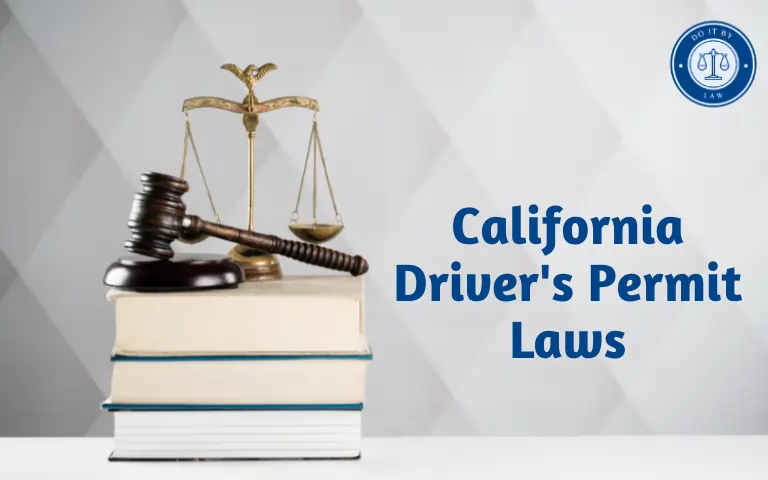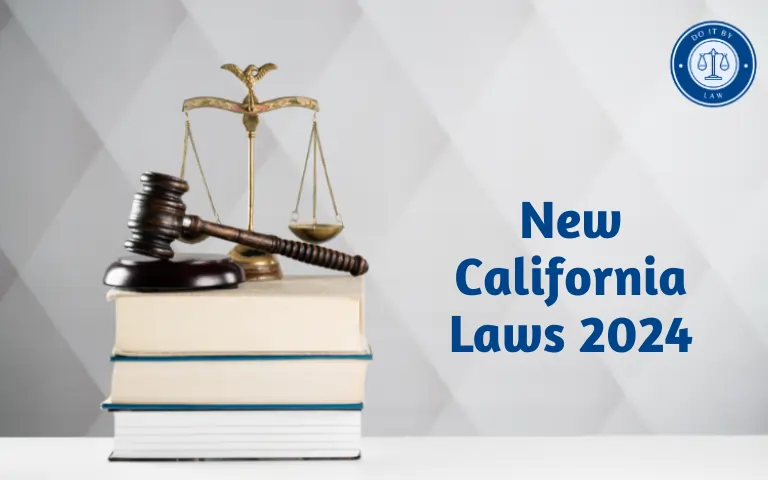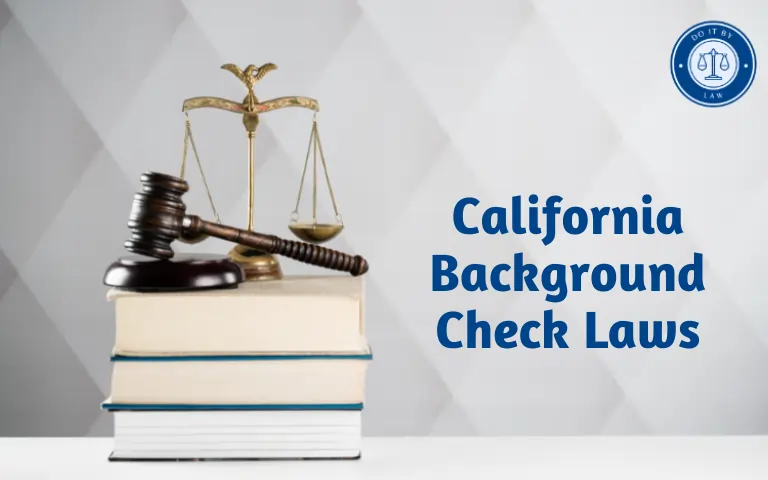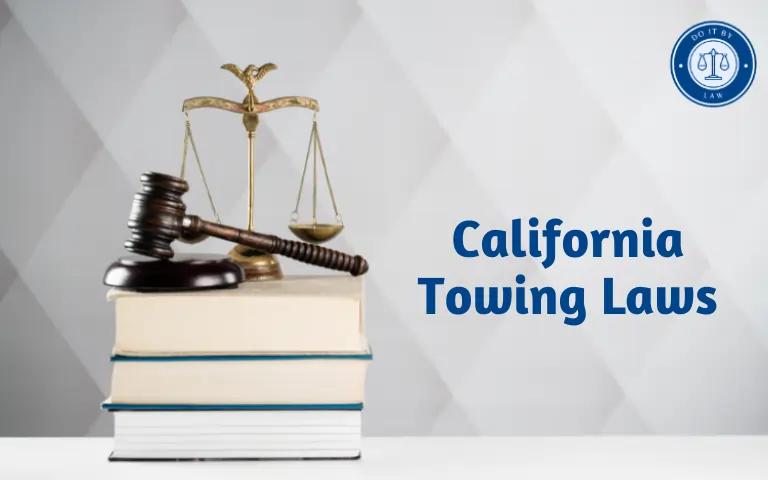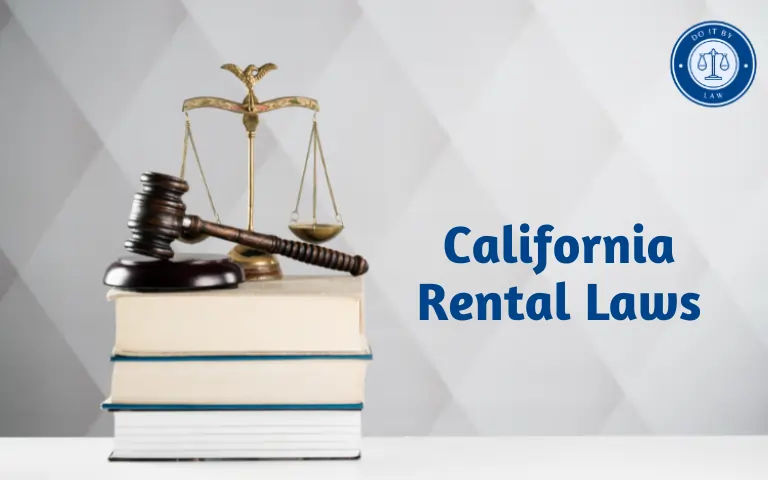California Driver’s Permit Laws: What You Need to Know
Learning to drive is an exciting rite of passage for teenagers and California Driver’s Permit Laws. However, the state’s driver’s permit laws include key restrictions, requirements, and rules all learners must know.
Navigating the process of getting your first permit or license as a new driver involves studying, practicing, and understanding California’s laws. Read on for helpful info about driver’s permits that will put you on the road to safe, legal driving.
Why Do We Have Graduated Permits?
California, like most states, employs a graduated driver’s licensing (GDL) system for new teen drivers as well as adult learners. This means you gain driving privileges in stages, with permits first before a full license. The rationale behind graduated licensing includes:
- Reducing fatal crashes among new drivers
- Allowing beginners to gain experience under supervision
- Teaching good driving habits from the start through restrictions
- Ensuring skills and knowledge development through phases
- Requiring extensive practice before unrestricted licenses
The idea is to slowly introduce driving freedom as new skills are mastered. Permits play a key role in this gradual process.
California Driver’s Permit Laws Apply to All New Drivers
California State permit rules don’t just apply to teenagers. Anyone new to driving must work through the graduated permit phases, even if you’re an adult.
The permit laws and restrictions cover:
- Teens under 18 applying for their first license
- Adults 18+ who have never been licensed
- Drivers transferring from out of state
- Anyone requiring re-training after offenses or lapses in driving
So don’t assume you can skip the permit phase if you’re an adult new to California. The laws ensure all new drivers gain experience before full licensing.
Instruction Permit Basics: Testing Required
Before a permit, you must study the California Driver Handbook and pass the written permit test at your local DMV office. This test covers rules of the road, signs, and safe driving practices.
Passing the permit test shows you have a basic grasp of driving fundamentals. You’ll pay an application fee and get an instruction permit which allows driving practice under supervision.
But don’t worry – the written test involves multiple-choice questions based on the handbook. As long as you study, it’s very passable! Just review the signs, rules, laws, and safety procedures covered in the manual.
Permit Driving Age: 15 1/2 for Teens
Teenagers as young as 15 1/2 can get an instruction permit in California. This allows supervised practice with a licensed adult age 25 or older, like a parent or instructor.
Requirements include:
- Being at least 15 1/2 years old
- Completing driver education
- Passing the permit test
- Paying application fees
Younger teens must wait until age 16 before moving to the provisional permit phase. Adult newcomers 18+ can apply for their instruction permit anytime.
Permit Testing Tips and Tricks
While the permit test isn’t overly hard, preparing well ensures passing on your first try. Some permit test tips include:
- Study the handbook diligently before your visit
- Pay special attention to road signs and right-of-way rules
- Take practice tests that use DMV-style questions
- Answer truthfully about medical conditions
- Double-check your paperwork is complete
- Bring proper ID and payment for fees
- Don’t stress – permit tests are very passable with prep!
Follow these tips, review the handbook, and you’ll ace this important first step in the licensing process.
Provisional California Driver’s Permit Laws Rules for Teens
The next step for teenagers after their instruction permit is the provisional permit. This has expanded driving privileges, but still under supervision.
Teens 16+ can get a provisional permit after:
- Holding their instruction permit for 6 months
- Completing driver education
- Passing the behind-the-wheel driving test
Provisional permits allow unsupervised night driving under certain conditions. But requirements like maintaining clean records and grades apply. Solo driving is still not permitted until licensure. Adult new drivers skip the provisional permit stage.
Driving Hours Log Required
California requires supervised driving practice before full licensure. Learners must complete 50 hours of practice, including:
- 10 hours must be at night
- Driver education hours apply toward the 50
- An adult in the front seat must supervise
- A driving log must record hours practiced
Getting sufficient supervised practice is essential to build skills. Keep an accurate log to document your hours.
California Driver’s Permit Laws Restrictions Designed to Keep Beginners Safe
Permit holders have several driving restrictions for safety, including:
- No unsupervised solo driving
- No driving between 11 pm and 5 am
- No passengers under 20 unless supervised
- No cell phone use whatsoever – it’s illegal!
- Zero alcohol allowed – drivers under 21 cannot have any alcohol in their systems
- Seat belts mandatory for drivers and passengers
- No highway/freeway driving until ready
- Speed limits and traffic laws must be obeyed
Following the rules keeps new drivers safe as skills develop. Violating restrictions results in fines, delaying licensing.
Penalties for Permit Violations
Breaking permit restrictions has consequences. Examples include:
- Solo driving may incur fines, extension of the permit period, or license delay
- DUI results in the loss of the permit until the age of 18
- At-fault crashes may require re-education and restarting the permit phase
- Traffic violations lead to permit suspension if too severe
- Using a phone illegally can lead to huge fines of over $150
Avoid violations to stay on track to a full license. Follow the supervision, hour, passenger, and other rules.
California Driver’s Permit Laws Exceptions for Adult New Drivers 18+
Adults 18+ can drive alone on their instruction permit under these conditions:
- To/from work
- As part of employment
- For medical needs or childcare emergencies
- Between 12 am-5 am if required by work
They can also drive minors not in their immediate family until 10 pm or midnight with additional restrictions. But in general, adults must still obey supervision and night driving rules.
California Driver’s Permit Laws Recent Changes Allow Online Driver Education
Previously, California required teens under 18 to complete in-person driver education. But legislation effective 2020 lets teens meet requirements through:
- Online driver education programs
- Virtual classroom platforms
- Distance learning technology
This provides options besides in-person driver’s ed, especially useful currently with social distancing concerns. Parental consent is still needed.
The Path to a Full License California Driver’s Permit Laws
After holding their provisional permit for a year or turning 18, teenagers can take the behind-the-wheel driving test to qualify for a full license. Passing this test and meeting all requirements grants unrestricted privileges.
For adult newcomers, after holding the instruction permit for several months and practicing diligently, they can take the driving test to graduate to a full basic Class C license.
The Bottom Line on California Driver’s Permit Laws
Getting a learner’s permit is an important milestone, but remember it grants limited privileges. Follow the rules, avoid violations, and use California’s gradual permit phase to build skills confidently and safely.
The permits allow supervised practice before full licensing. Master the fundamentals, log your hours, and show you can drive responsibly. Soon you’ll be ready to earn your full license and hit the open road on your own!

